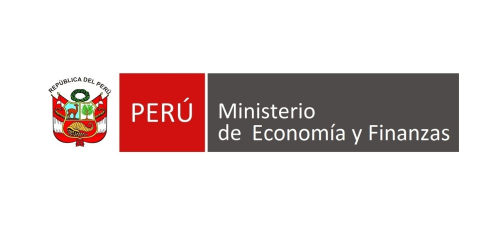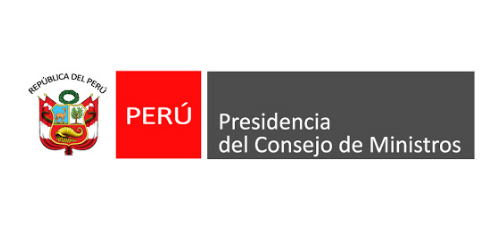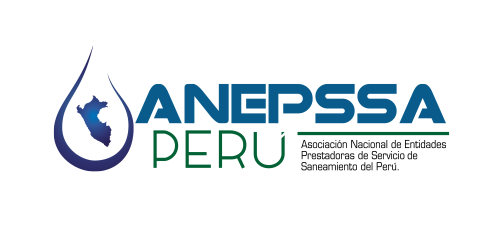- 15 de abril de 2025

Understanding the Pocket Option Volume Indicator: A Key Tool for Traders
The pocket option volume indicator pocket option volume indicator serves as a crucial analytical tool for traders. It provides insights into market activity and can greatly enhance trading decisions. In this article, we will explore the nuances of the volume indicator, how it can be used effectively, and its integration into your trading strategy.
What is the Volume Indicator?
The volume indicator is a measure of how much of a given security was traded during a particular timeframe. This indicator is represented as bars displayed on a chart, showing the volume of trades—both buy and sell—for a given period. High volume signifies strong interest and can lead to significant price movements, while low volume often indicates a lack of market conviction and potential for price stagnation.
Why is Volume Important in Trading?
Understanding volume is essential for a trader. It adds context to price movements: a price increase on high volume is generally more significant than the same increase on low volume. Volume can also confirm trends; if prices are rising and volume increases concurrently, it suggests that the trend is likely to continue. Conversely, if volume decreases during price increases, it may indicate a potential reversal or weak trend.
Integrating the Pocket Option Volume Indicator into Trading Strategies
Using the pocket option volume indicator effectively requires integrating it into your overall trading strategy. Below are some practical approaches to this integration:
1. Confirming Trends
As mentioned, volume increases can confirm an ongoing trend. When traders see a breakout from a resistance level accompanied by increasing volume, it can signal that the breakout is valid, leading many to follow the trend. A similar principle applies to price drops and support levels.
2. Identifying Reversals
Volume can also help identify potential reversals. For instance, a price increase accompanied by declining volume might suggest that buyers are losing interest, signaling it may be time to exit or reassess the trade. Conversely, a price drop with increased volume may indicate a strong selling interest, attracting sellers to enter the market.
3. Timing Entries and Exits
Volume indicators can assist in timing your entries and exits. Many traders look for high-volume spikes to enter trades, betting on continued movement in the same direction. Exiting during volume surges can ensure maximum profits as the price potentially reaches its peak before retracing.
Leveraging Volume with Other Indicators

For a more robust approach, traders often use the pocket option volume indicator alongside other technical indicators, like moving averages or the Relative Strength Index (RSI). This combination provides a more comprehensive view of market conditions.
Moving Averages and Volume
When the price crosses above a moving average with heavy volume, it may validate the strength of the price movement. Conversely, if a price drops below a moving average on low volume, it can suggest there’s little conviction behind the price move, and caution is warranted.
RSI and Volume
The RSI indicator gauges the speed and change of price movements. When the RSI is in the overbought or oversold regions, observing volume can provide additional insights. For example, if the RSI shows overbought conditions while volume is declining, it might suggest a potential price reversal due to lack of buying interest.
Common Mistakes to Avoid with Volume Indicators
While using the pocket option volume indicator can enhance trading strategies, there are common pitfalls to avoid:
1. Relying Solely on Volume
Volume should not be the only factor in making trading decisions. Always combine it with price action analysis and other indicators for more reliable insights.
2. Ignoring Market Context
Volume can fluctuate based on market context; for instance, during news releases or major market events, volume can spike unexpectedly. Thus, it’s essential to consider these factors before acting purely on volume data.
3. Overtrading
Increased volume can tempt traders to enter multiple trades, leading to overtrading and increased transaction costs. Stick to your trading plan and ensure any new trades align with your strategy.
Conclusion
The pocket option volume indicator is an invaluable tool for traders seeking to enhance their strategies and improve their decision-making processes. By understanding and effectively integrating volume into your trading approach, you can significantly increase your trading success. Remember always to combine volume analysis with other indicators and market context to optimize your trading strategy.
As you continue your trading journey, consider how the volume indicator can assist not just in identifying trends and reversals but also in understanding the broader market behavior that may affect your trades. By doing so, you’ll be better equipped to navigate the complexities of the market and achieve your trading goals.









